I'm using the dimming circuit found here: http://www.instructables.com/id/Arduino-controlled-light-dimmer-The-circuit/step1/Arduino-controlled-light-dimmer-The-PCB/
I have received all components and have a working breadbord prototype. My code is currently on the ESP8266 Arduino-compatible IDE.
 Ryan
Ryan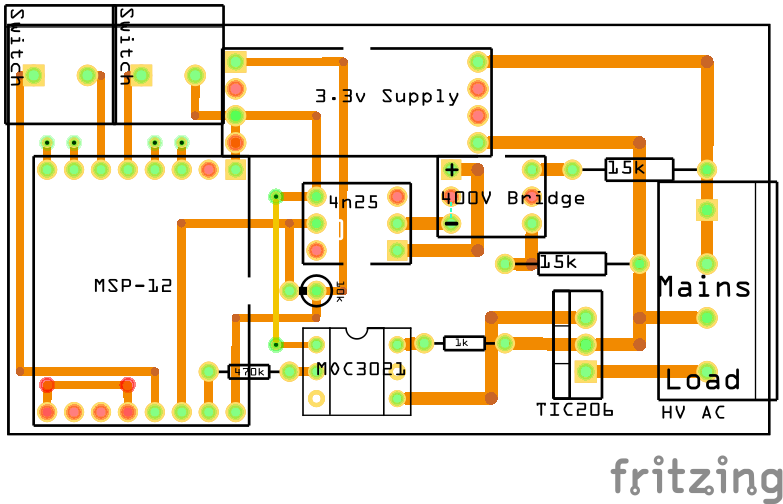
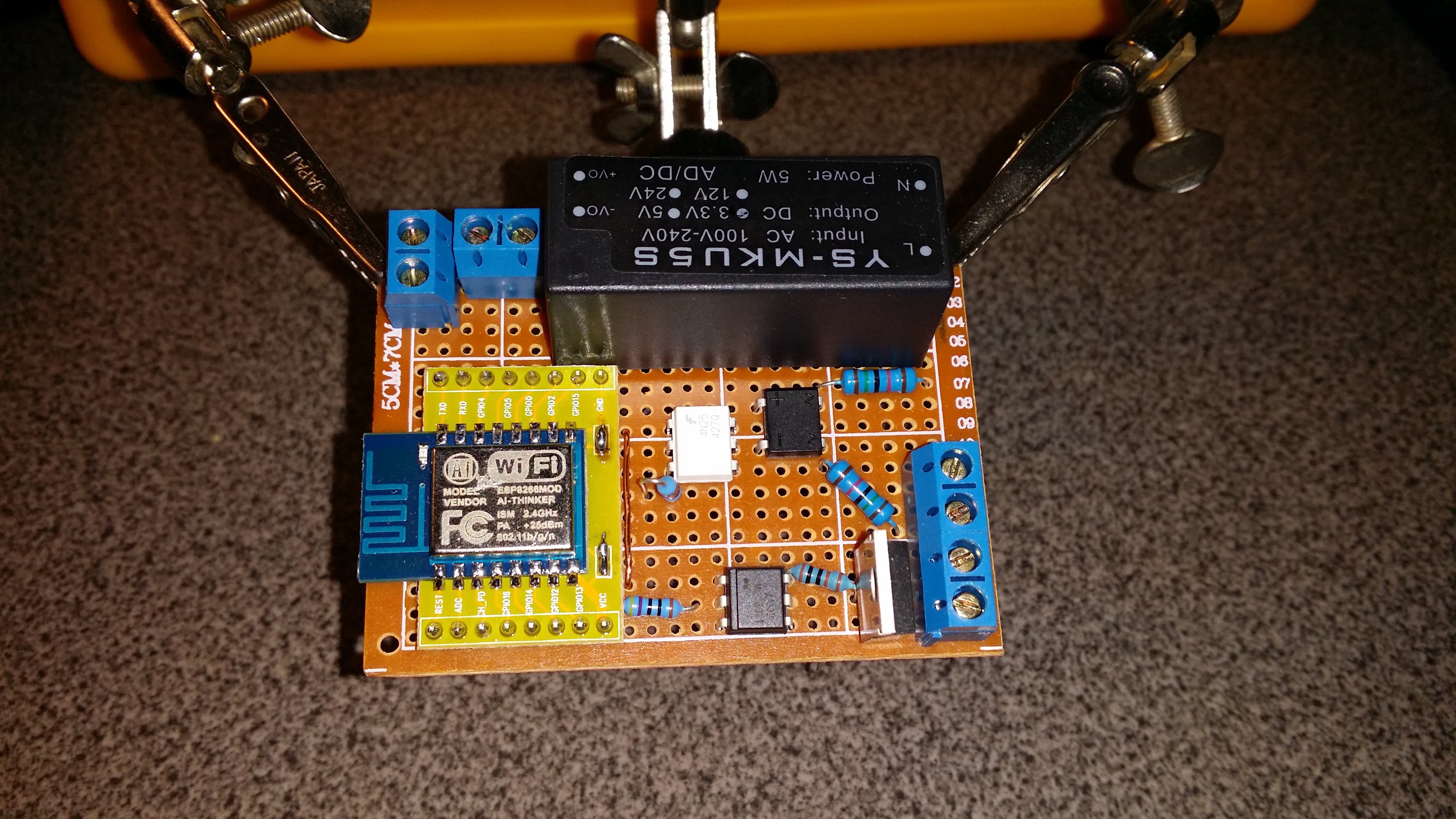



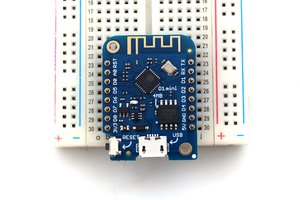
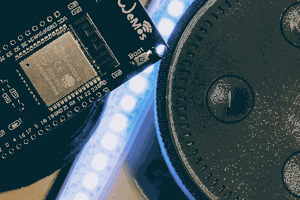
 Mauro Riva
Mauro Riva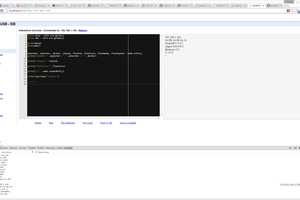
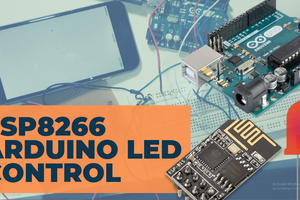
 tinandjar
tinandjar
Hola amigo excelente trabajo, he intentado hacer este mismo proyecto pero tengo problemas de parpadeo en la bombilla.
y usted también tenia el mismo problema, entonces mire la programación smartSwitch.ino y cuando quiero compilar me dice que fatal ''error: queue.h: No such file or directory''
tengo una ESP32 y la la IDE de Arduino la reconoce como Dev module.
me gustaría implementar la programación de solo el dimmer de la bombilla sin nada de conexión wifi.
Saludos desde colombia